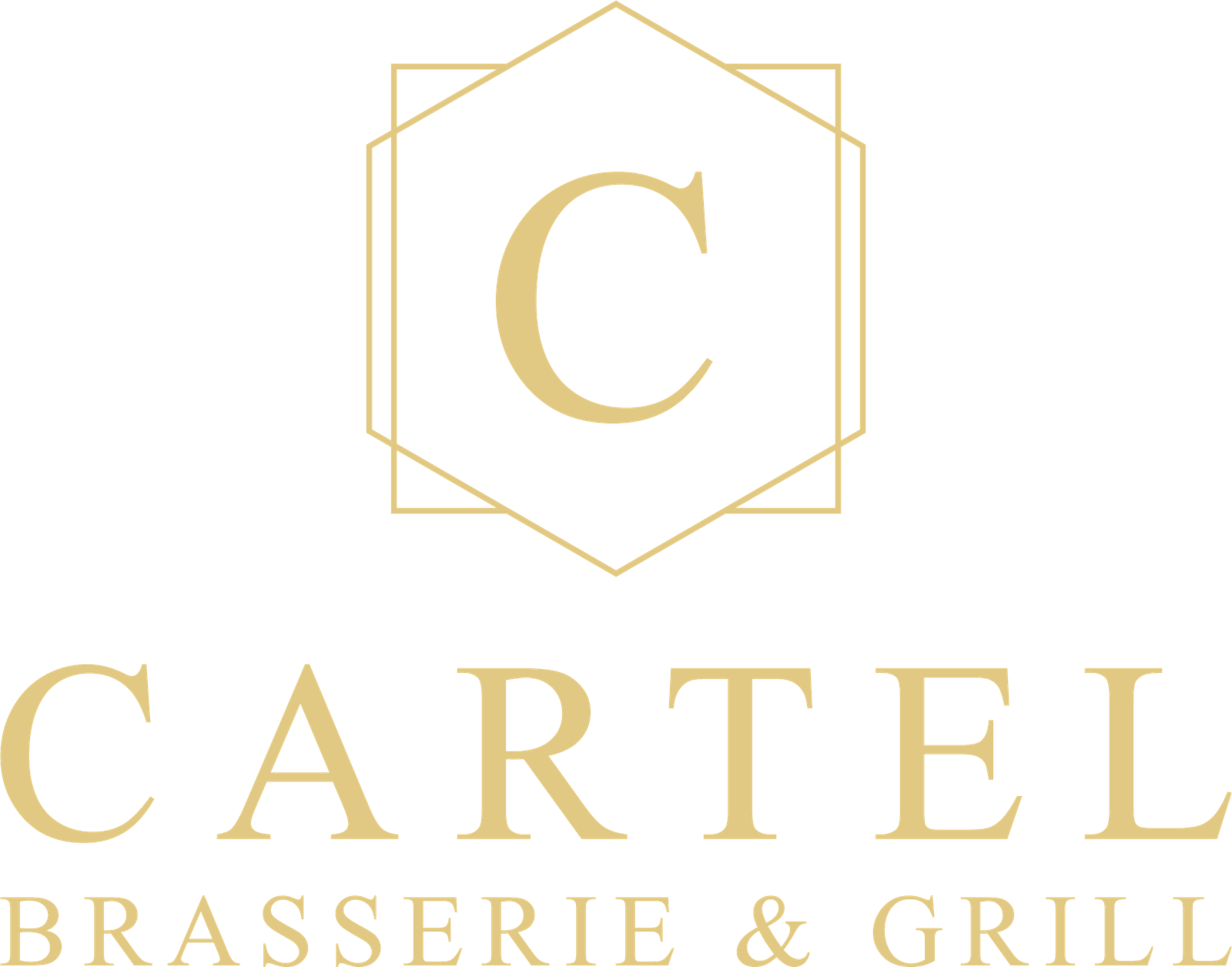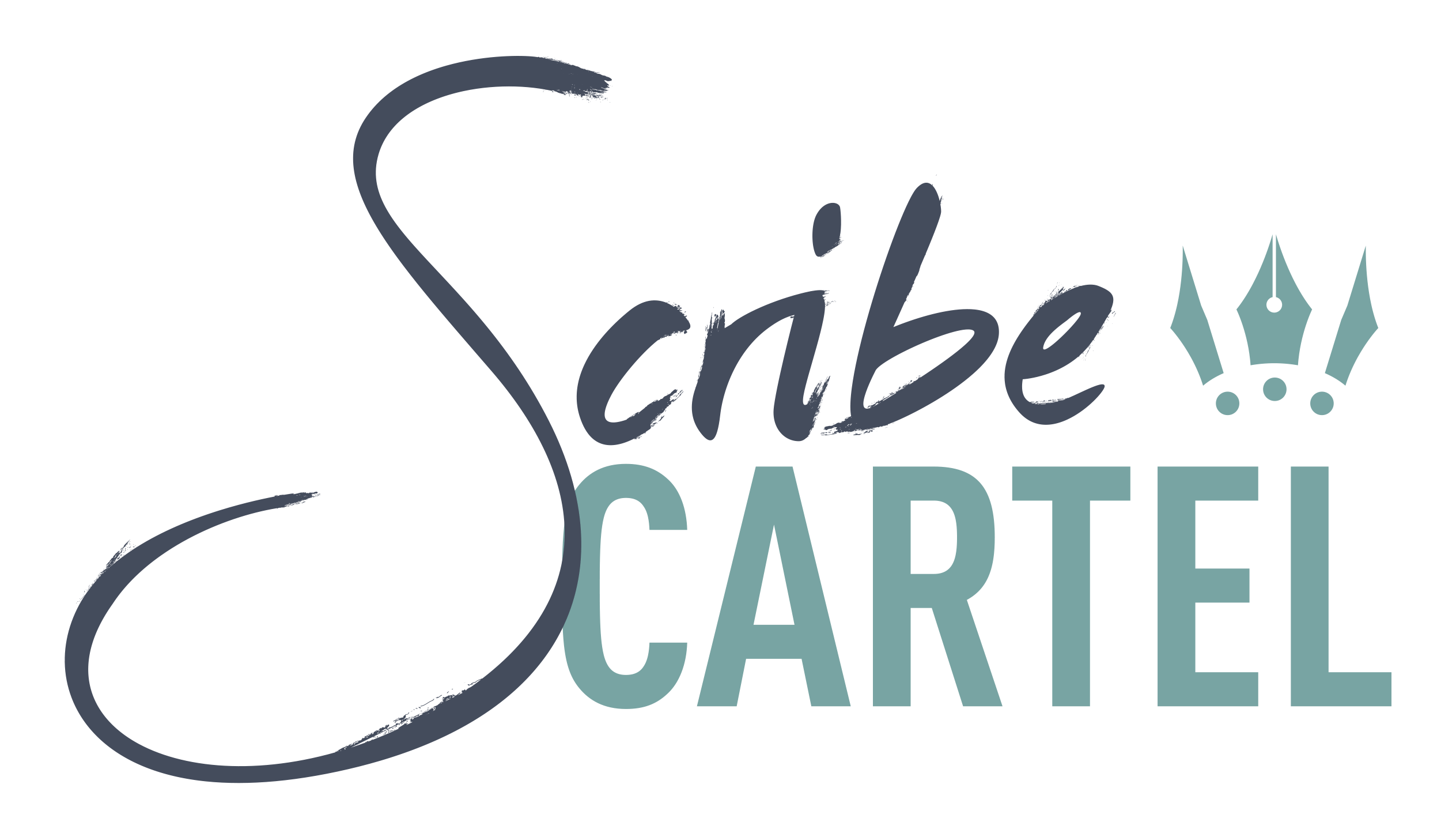Let me tell you something straight up, folks. Stroke cartel might sound like a made-up term, but it’s real, and it’s more dangerous than you think. Imagine your brain being held hostage by a blood clot, cutting off oxygen and nutrients. That’s exactly what happens during a stroke. But here’s the twist—it’s not just about the medical condition anymore. It’s about how strokes have become a silent epidemic, affecting millions worldwide, yet still flying under the radar. So, buckle up, because we’re diving deep into this topic.
Now, before you think I’m just blowing smoke, let me break it down for you. Strokes don’t discriminate. They can hit anyone—rich or poor, young or old. And guess what? Most people don’t even know the warning signs until it’s too late. That’s why we’re here. To shed some light on the stroke cartel and how it operates in the shadows of our health system.
But hey, don’t panic just yet. This isn’t all doom and gloom. There’s a lot we can do to fight back. From understanding the causes to recognizing the symptoms, we’ve got you covered. So, let’s roll up our sleeves and get to work.
- Luke Combs Democrat Exploring The Connection Between Country Music And Politics
- Alyxandra Beatris Brown The Rising Star Redefining Hollywoods Landscape
What Is the Stroke Cartel?
Alright, let’s start with the basics. What exactly is this so-called stroke cartel? Think of it as a network of risk factors, triggers, and consequences that come together to create the perfect storm for a stroke. It’s not just one thing—it’s a combination of lifestyle choices, genetics, and environmental factors that increase your chances of having a stroke.
And here’s the kicker: most people don’t even realize they’re part of this cartel until it’s too late. That’s why education and awareness are crucial. We need to break down the walls of ignorance and shine a light on this hidden danger.
Who’s at Risk?
Now, let’s talk about who’s most likely to get caught in the crossfire of the stroke cartel. Contrary to popular belief, strokes aren’t just for the elderly. Young people, even kids, can be affected. But certain groups are more vulnerable than others.
- Leanna Lenee Erome The Rising Star Of Adult Entertainment
- Kourtney Kardashian Ring The Ultimate Guide To Her Sparkling Jewelry Collection
Factors That Increase Your Risk
- High blood pressure: This is one of the biggest culprits. If your blood pressure is out of control, you’re practically waving a red flag at the stroke cartel.
- Smoking: Cigarettes are like a VIP pass to the cartel. They clog your arteries and make it easier for clots to form.
- Diabetes: If your blood sugar levels are off the charts, you’re putting yourself in harm’s way.
- Obesity: Carrying extra weight puts a strain on your heart and blood vessels, making you a prime target.
But here’s the thing: just because you’re in one of these groups doesn’t mean you’re doomed. There are steps you can take to reduce your risk and fight back against the stroke cartel.
Recognizing the Warning Signs
So, how do you know if the stroke cartel has its sights set on you? The key is recognizing the warning signs early. Time is of the essence when it comes to strokes. The faster you act, the better your chances of survival.
The F.A.S.T. Method
Here’s a quick and easy way to spot a stroke using the F.A.S.T. method:
- Face Drooping: Is one side of the face drooping or numb? Ask the person to smile.
- Arm Weakness: Is one arm weak or numb? Ask the person to raise both arms.
- Speech Difficulty: Is speech slurred? Ask the person to repeat a simple sentence.
- Time to Call 911: If any of these symptoms are present, call emergency services immediately.
Remember, every second counts. Don’t wait to see if the symptoms go away. Get help right away.
The Science Behind Strokes
Now, let’s dive a little deeper into the science of strokes. What exactly happens when a stroke occurs? Think of your brain as a city, and your blood vessels as the highways that keep everything running smoothly. When a stroke hits, it’s like a massive traffic jam that cuts off the supply of oxygen and nutrients to certain parts of the brain.
Types of Strokes
There are three main types of strokes:
- Ischemic Stroke: This is the most common type, caused by a blood clot that blocks a blood vessel in the brain.
- Hemorrhagic Stroke: This occurs when a blood vessel in the brain bursts, causing bleeding in the brain.
- Transient Ischemic Attack (TIA): Often called a mini-stroke, this is a temporary blockage of blood flow to the brain. While it may not cause permanent damage, it’s a warning sign that a full-blown stroke could be on the horizon.
Understanding the different types of strokes can help you recognize the symptoms and seek the appropriate treatment.
The Economic Impact of Strokes
Let’s talk money for a second. Strokes don’t just affect your health—they can also hit you where it hurts the most: your wallet. According to the American Heart Association, strokes cost the U.S. economy over $46 billion each year. That’s a lot of dough, folks.
And it’s not just the medical bills. Strokes can lead to long-term disabilities, which can impact your ability to work and provide for your family. That’s why prevention is so important. Investing in your health now can save you a lot of headaches—and money—down the road.
Breaking the Stroke Cartel
So, how do we take down the stroke cartel? It’s not going to be easy, but it’s definitely doable. It starts with education and awareness. We need to empower people with the knowledge and tools they need to protect themselves.
Prevention Strategies
Here are some practical steps you can take to reduce your risk of stroke:
- Eat a healthy diet: Focus on whole foods, fruits, and vegetables. Cut back on processed junk and sugary drinks.
- Exercise regularly: Get your body moving for at least 30 minutes a day. It doesn’t have to be intense—just enough to get your blood pumping.
- Manage stress: Find healthy ways to cope with stress, like meditation, yoga, or talking to a therapist.
- Get regular check-ups: Keep an eye on your blood pressure, cholesterol, and blood sugar levels. Early detection is key to prevention.
By taking these steps, you’re not just fighting back against the stroke cartel—you’re also improving your overall health and well-being.
Real-Life Stories of Survivors
Let’s hear from some real people who’ve faced the stroke cartel head-on and lived to tell the tale. These stories are not just inspiring—they’re a testament to the power of resilience and determination.
John’s Story
John was just 45 years old when he suffered a massive stroke. He was a busy executive, working long hours and neglecting his health. But after the stroke, he made a vow to change his life. He quit his job, started exercising, and adopted a healthier lifestyle. Today, he’s a passionate advocate for stroke awareness and prevention.
Susan’s Story
Susan was only 32 when she had a TIA. At first, she didn’t think much of it. But after doing some research, she realized she needed to take action. She made some lifestyle changes and started monitoring her health more closely. Thanks to her proactive approach, she avoided a full-blown stroke and is now living a vibrant, healthy life.
These stories show us that it’s never too late to turn things around. With the right mindset and support, you can overcome even the toughest challenges.
Resources for Stroke Prevention and Recovery
Now that you know the facts, it’s time to take action. Here are some resources that can help you on your journey:
- American Stroke Association: A wealth of information on stroke prevention, treatment, and recovery.
- National Stroke Association: Offers support groups, educational materials, and advocacy opportunities.
- Stroke Support Groups: Connect with others who’ve been through similar experiences and learn from their stories.
Remember, you don’t have to face this battle alone. There are people and organizations out there who want to help you succeed.
Conclusion
Alright, folks, let’s wrap this up. The stroke cartel is a real and dangerous force, but it’s not unbeatable. By educating ourselves and taking proactive steps, we can reduce our risk and protect our health. Remember the F.A.S.T. method, eat right, exercise, and get regular check-ups. It’s all about being smart and staying ahead of the game.
So, what are you waiting for? Take charge of your health today. Share this article with your friends and family. Let’s start a conversation about strokes and break the silence. Together, we can dismantle the stroke cartel and create a healthier, happier world for everyone.
Table of Contents
- Kevin Augustiniak The Rising Star In The World Of Entertainment
- Lindsay Lohan Wedding Ring The Glamorous Journey Of Love And Commitment


